Many plants become famous for things other than their flowers. The form and structure of a plant influences how it is used in a garden. The overall color and texture of a plant contributes much to a plants use. Some plants remind people of other things and their name reflects that. Euphorbia species cover all these bases and more. Euphorbia myrsintes(Myrtle Spurge) has wonderful color, texture and form as well as an element which can be somewhat sinister.
Myrtle Spurge has been known from the earliest time. Theophratus (372-287 B.C.) said it looked like a kind of ‘Tithymallos’ and called it ‘Myrtle-like’. Dioscorides described it as ‘hath leaves like to Myrsine, but greater and strong and sharp and prickly on top’. We also come to Pliny who said ‘Mytites had medicinal uses. Flower heads where harvested and dried long before they had started to swell to blossom and were used with other plants and said to heal sores in the mouth and used as an emetic. We of course do not use this plant for any type of medical or edible use today.

The chartreuse flowers of Euphorbia myrsinites contrast with the distinctive sea green foliage to produce a unique sight in the garden.
With such an ‘old’ plant we are not the least surprised to find out where Euphorbia myrsinites comes from; the Mediterranean. Euphorbia myrsinites grows naturally in a wide area from the Balearic Islands near Corsica, moves across southern Italy through Croatia, Bosnia Hercegovina and Montenegro and through Greece. From Greece it is found in Turkey and Asia Minor south and east all the way to Iran. It is found in rocky and sandy areas as well as in open areas under open forests often populated by Pine. The plant grows from near sea level into mountain slopes.

The serpentine foliage of Euphorbia myrsinites becomes grayer in the drought and heat of summer here.
All Euphorbia species have milky sap wich is released when the plant is damaged. The sap is a form of natural latex which is sticky and contains Diterpene esters which are often irritating to people who have sensitivities. Not all people react to this chemical in the same way I for years propagated many species of Euphorbia and had no trouble, I was always careful when doing cuttings and did my work in well ventilated areas and washed my hands throughly. If you have any concerns do not grow Euphorbias which include Poinsettia of Christmas, or grow them in area where they are out of the way.
Euphorbia myrsinites grows in Victoria well as long as it has good drainage. The best plantings I have seen here are at Government House in the Terrace Garden which is a steep cliff area with gardens running down its face. In this garden there are many tender and exotic plants as well as those which are drought tolerant and can live in areas with little soil. Several species of Euphorbia are featured there. There is also a rough stone staircase which has plants in the cracks including todays plant. Another interesting planting is found at Glendale Gardens where these plants are displayed in the drought tolerant garden.

The rock staircase in the Terrace Gardens at Government House is a perfect place to display Euphorbia myrsinites.
Euphorbia myrsinites is easily grown in soil which is extremely well-drained and not to nutrient rich. Full sun at all times in an absolute must. These plants ideally like to sprawl on rocks or gravel or hand slightly over edges which they dry quickly from rains. This plant has thick leaves and a thick base which is almost a caudex which helps it withstand drought conditions for several months at a time. These plants are excellent in large rockeries, containers, slopes and out of the way crevices which are hard to maintain. Creeping Spurge grows about 15-20 cm.(6-8 in.) tall and sprawls 45-60 cm. (18- 24 in.). It is rated as growing in zones 5 though 9 or tolerates temperatures down to -29 c (-20 f.) with perfect drainage and protection from winter winds.

Here the thick caudex-like rootstock is visible where this Myrtle Spurge has been pulled out slightly.
Myrtle Spurge often is not long-lived but can produce seedlings which can be moved into place. Seedlings also are easily removed if not wanted or remove the flower heads before the seed has ripened. In some areas Euphorbia myrsinites has been classified as a noxious weed for it has been able to seed and spread into unwanted areas. It can not be grown or brought into Colorado, Oregon or Washington states. It is up to us as nursery growers and gardeners to make sure we are not causing a problem by not taking care of our plants. by removing spent flowers or disposing of seed heads we can make sure that attractive but foreign plants do not become a problem in the future.
Now for some interesting and informative links:
Wiki page of this plant: http://en.wikipedia.org/wiki/Euphorbia_myrsinites
How this plant is viewed at Poisonous Plants of North Carolina: http://www.ces.ncsu.edu/depts/hort/consumer/poison/Euphomy.htm
The Drought Tolerant Garden at Glendale Gardens: http://www.glendalegardens.ca/droughttolerantgarden.php
Expereinces of the people of Dave’s Garden, pro and con: http://davesgarden.com/guides/pf/go/781/
………See you very soon right back here………








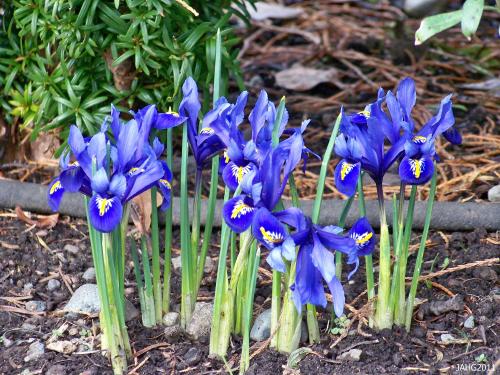
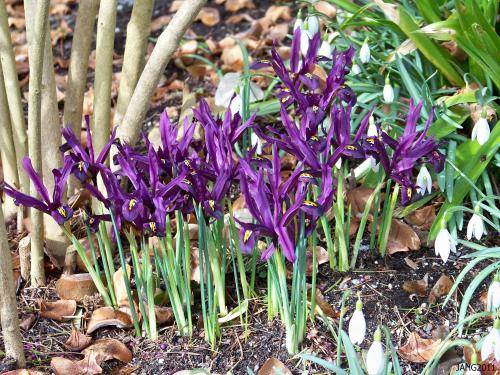
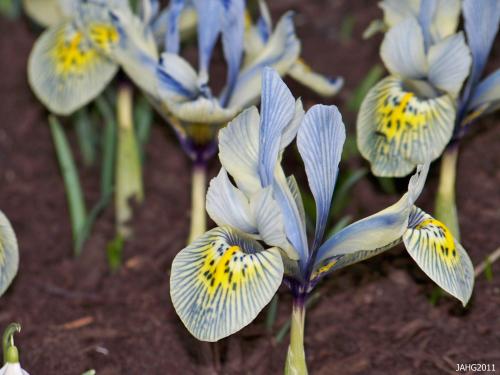
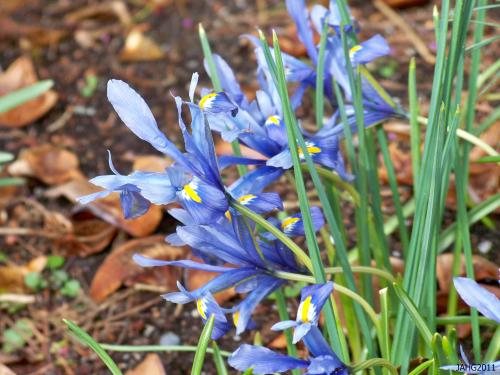

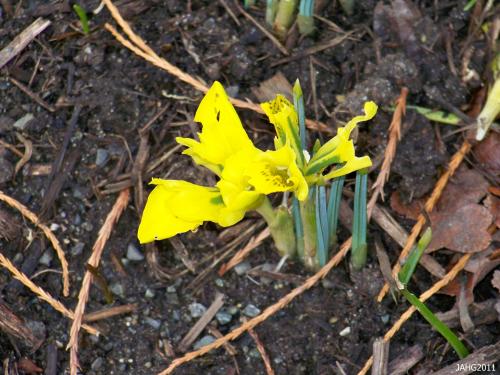
 Stumble It!
Stumble It!






